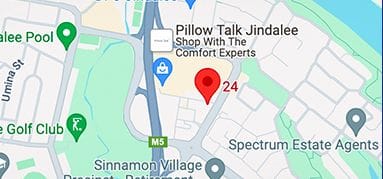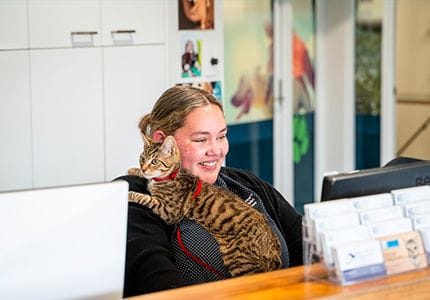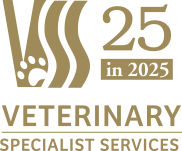This video, featuring qualified veterinary physiotherapist Lindsey Connell, demonstrates how to safely perform passive range of motion exercises with your pet. Passive range of motion exercises can help with recovery from neurologic or musculoskeletal injury by preventing muscle contracture and pain. They help your pet to maintain full range of motion in their joints during recovery.
CLIENT INFORMATION
PASSIVE RANGE OF MOTION EXERCISES
PROMS
Importance of physiotherapy after discharge
It’s important for the recovery of your pet that you continue rehabilitation at home. So please remember to book your appointment with your local VSS physiotherapist for an examination and guidance for your pet’s rehabilitation plan.
Correct positioning for PROMS
Lindsay performs these steps with a dog that is standing up, but if your pet is at home, they may be more comfortable lying down.
When performing standing passive range of motion exercise you should first make sure that your pets limbs are positioned correctly and that they don’t have their toes turned over.
To check this, move the pet to one side and watch the movement on the other limbs. Make sure that all feet are planted firmly.
Stretching hind legs
- Hold your dog underneath its stomach to support them and keep them in the correct position. Make sure that your pet stays in its position for the duration of this stretch.
- Ideally, bend your dog’s whole leg up into a fully flexed position - if they’re comfortable.
- Slowly release and guide your pet’s paw back down, then reposition them to their starting position if necessary.
- Repeat this step at least five to ten times, two to three times a day.
Extension or straightening of joints
- Hold your dog underneath its stomach to support them and keep them in the correct position.
- Gently take your pet’s whole leg out and extend it backwards, stretching the hip, knee, and ankle joint.
If your dog wants to have some movement, you can pull forwards then allow them to pull in.
Stretching adductor muscles
This stretch, or exercise, could be easier to conduct when your dog is laying on its side, however, you can perform it from the same position as previous stretches.
- Hold your dog underneath its stomach to support them and keep them in the correct position.
- While having the leg bent, gently move the knee out to the side.
- To make it more comfortable for your pet, try giving them a gentle rub on their belly.
Stretching toe joints
This stretch can only be done when your pet is laying on its side.
- Position your pet so that they are relaxed and comfortable on their side with all legs to the same side.
- Hold your pet’s paw, just above their toe, and then use your other hand to an individual toe.
- Very gently, bend then straighten the toe back and forth three or four times or according to your VSS given advice.
- Repeat for the remainder of the toes.
You can alternatively hold your dog’s paw a bit higher and use your other hand to gently extend all toes on the paw back and forth.
If you are feeling resistance during any stretches
If you find that your dog is resisting movements during any of these stretches, simply extend to where they will allow you to.
You should not force your pet to overextend itself as it may be in pain.
&geometry(278x56))






